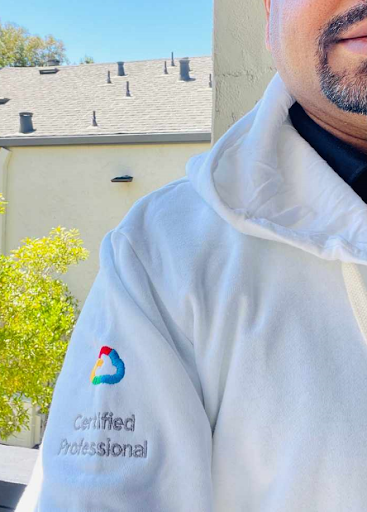In this blog, I will describe LLMaaS and LLMOps and the building block of the Enterprise AI Platform!
LLMaaS represents the idea of providing access to powerful LLM services through an internet/intranet. It's similar to other "as-a-service" models (like SaaS, PaaS, etc.), where users can access and utilize LLMs without needing to manage the underlying infrastructure or complex development.
LLMOps focuses on the operational aspects of managing and deploying LLMs in production environments. It's essentially the application of DevOps principles to the lifecycle of LLMs
In the above block diagram, I have depicted comprehensive architecture for an enterprise-grade AI platform, designed to support various stages of development and deployment of AI models, especially focusing on Large Language Models (LLMs). It's broken down into several layers, starting with infrastructure and going up to the application level:
1. Infrastructure: This layer provides the foundation for the platform, encompassing physical resources like: Compute: Servers for running workloads, including model training, inference, and other tasks. Storage: Storage systems for datasets, model checkpoints, and other essential data. Network: Networking infrastructure connecting various components and enabling communication. GPU: Specialized hardware (e.g., GPUs from NVIDIA) for accelerating AI model training and inference.
2. Private Cloud/Virtualization: This layer provides a virtualized environment that leverages virtualization technologies such as VMware, Nutanix, or Oracle's VirtualBox. It enables flexible resource allocation and isolation, making it easier to manage and scale the platform.
3. Private AI Platform: This layer represents the core of the AI platform, encompassing the following components: GPU Virtualization (Ex. Nvidia Enterprise AI or VMware BitFusion): This layer further enhances GPU utilization by providing a virtualized environment for accessing GPUs. It enables resource sharing, efficient utilization, and isolation for different AI workloads. VM (Virtual Machine): Virtual machines can be used for running specific workloads or specific components that require a dedicated environment. Kubernetes: A container orchestration system that manages and scales containerized workloads, enabling the deployment and management of microservices that make up the AI platform. Container: Containers are used to package and run applications and their dependencies in a consistent and isolated manner.
4. MLOps Platforms: These are platforms specifically designed for managing the machine learning lifecycle. They provide tools and services for: Run:ai: A platform for managing and scaling GPU resources, ensuring efficient utilization and performance during model training. Kubeflow: A platform built on Kubernetes that provides tools and infrastructure for managing the machine learning pipeline, including model training, deployment, and monitoring. DOMINO: A platform that provides collaborative tools for data scientists and machine learning engineers to manage and share their work, including data, code, and models.
5. Developer Tools and Catalog: This layer provides a set of tools and resources specifically designed for AI developers: Huggingface: A popular repository and platform for sharing pre-trained models, datasets, and code for natural language processing (NLP), enabling developers to leverage existing resources and accelerate their work. PyTorch: A widely used deep learning framework that provides tools and libraries for building and training AI models. RAY: A library and framework for building distributed applications, enabling scalable training and inference of AI models. Rasa: A framework for building conversational AI chatbots, providing tools for creating and deploying chatbots that interact with users naturally. VAC: A platform for managing and deploying AI models and applications, providing tools for monitoring and managing the lifecycle of models.
6. Experimentation Platform: This layer focuses on providing tools and infrastructure for experimenting with AI models: API Gateway: Provides a secure and managed way for developers to access the platform's services, ensuring controlled access and authentication. Micro Services: The platform is structured as a collection of independent, modular services that communicate through APIs, enabling flexibility, scalability, and isolation of functionalities. Kafka: A messaging system used for real-time data streaming and communication between different components of the platform. Redis: An in-memory data store used for caching frequently accessed data to improve performance. MongoDB, MySQL: Databases for storing metadata, experiment data, and other platform-related information. Monitors: Tools for monitoring the platform's health, performance, and other key metrics, providing insights into the overall system behavior.
7. App and Data Services: This layer represents the applications and services that leverage the AI platform's capabilities for end users. They interact with the applications through various interfaces, benefiting from the platform's capabilities.
The diagram highlights the modular and interconnected nature of a modern AI platform, showcasing how different components work together to support the entire AI development lifecycle. The platform's design emphasizes scalability, flexibility, and developer experience, enabling efficient experimentation, training, and deployment of AI models, especially large language models, for various applications.
Also, please check out my other posts related to this subject



